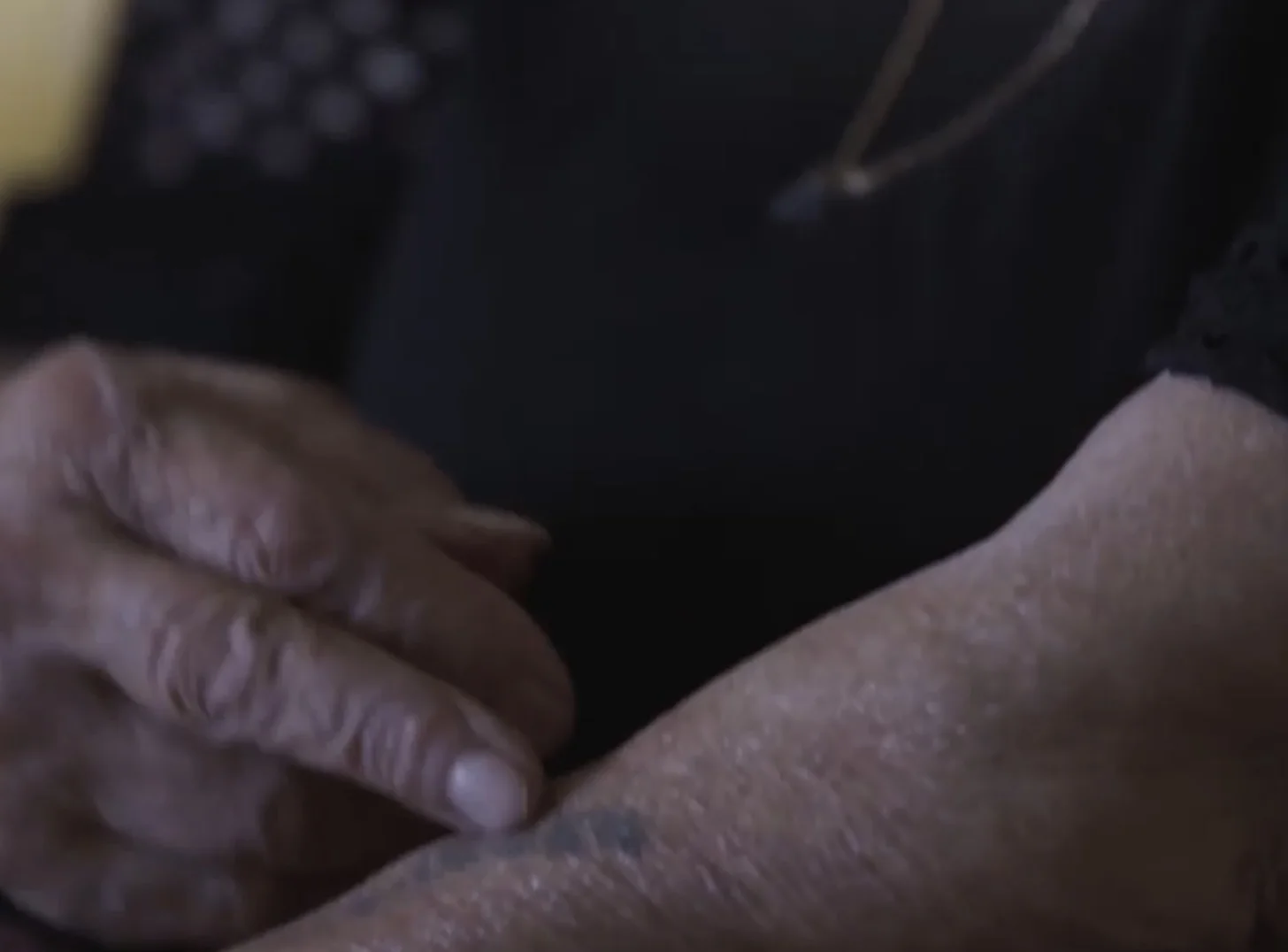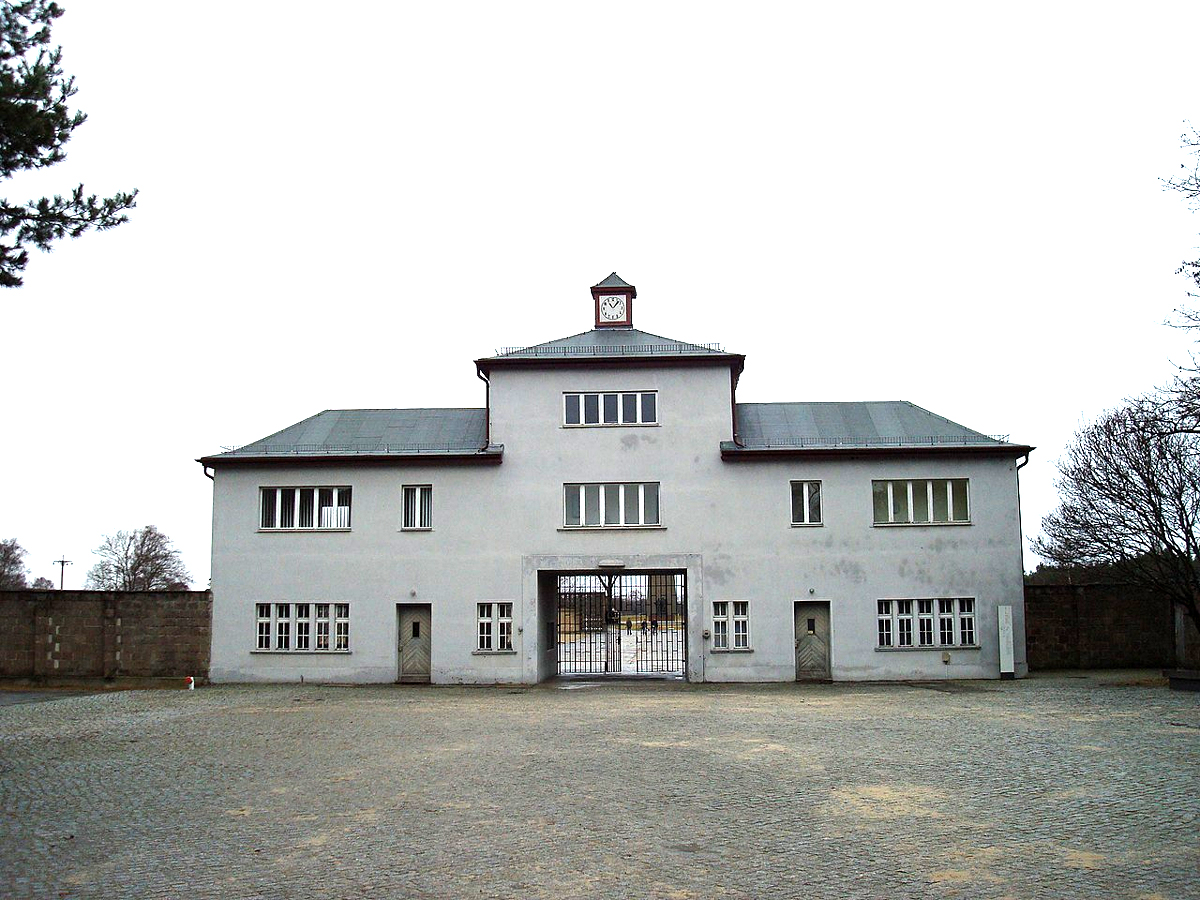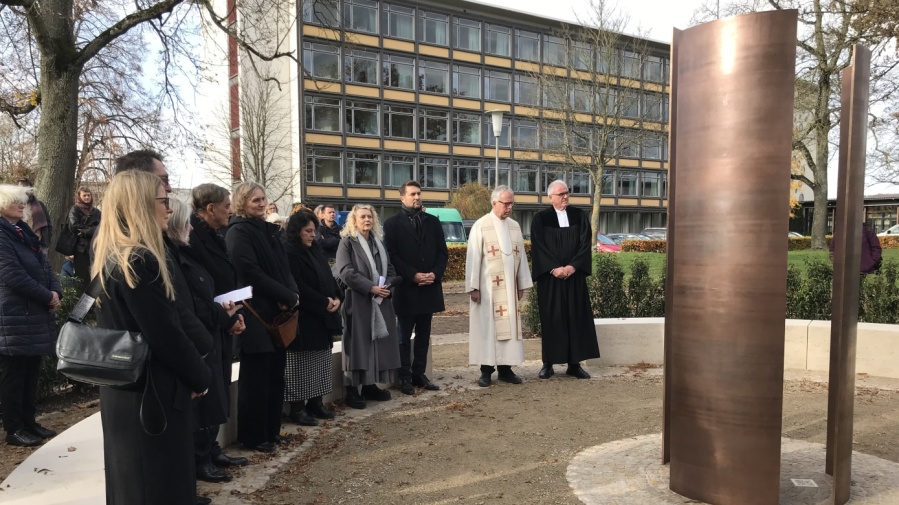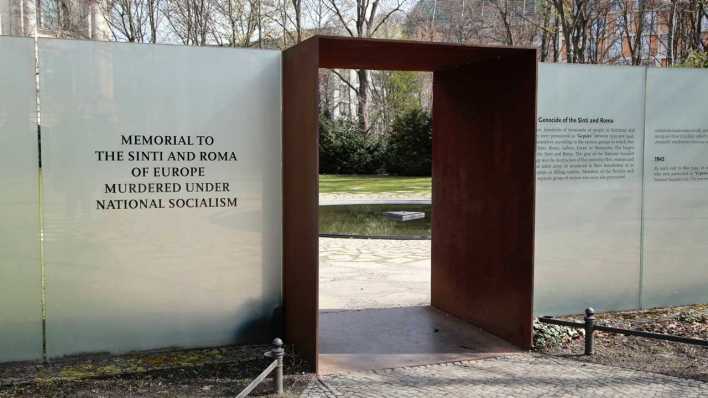Many international newspapers reportes about the mass murder of Rroma on the occasion of the 70th commemoration of the evacuation of the Gypsy camp in Auschwitz-Birkenau. On August the second, 1944, the remaining 3000 inmates of the camp were killed. The inmates of the Gypsy camp actively resisted and barricaded themselves in the barracks. After the rebellion was put down, approximately 3000 of the 6000 Rroma were classified as capable of working and taken to other labour camps. The remaining 3000 – mostly children, women and old people – were gassed or shot. Previously, tens of thousands had already been deliberately starved to death or died of plagues and epidemics. The interior minister of Baden-Wuerttemberg, Reinhold Gall, pointed out in his speech that the Nazi atrocities would not have been possible without the opportune collaboration of the authorities and the police. It is therefore necessary to critically question this passive tolerance but also active support of fascism: “He pointed to the asylum decree of the ministry of the interior of Württemberg in November the 7th, 1938, which made it possible that children could be classified as “Gypsies” and interned into protectorates. “For too long, the authorities have not concerned themselves with their own history”, he said. Also Thomas Schnabel, director of the museum of contemporary history, pointed out the “fatal cooperation between police, interior ministries and the Gestapo.” For example, the police of Karlsruhe had gathered 150 Sinti and Roma in the courtyard of its bureau to bring them to the collection camp Hohenasperg, from where they were deported to Auschwitz” (Schmidt 2014). The chairman of the central council of German Sinti and Rroma, Romani Rose, emphasised in his speech at Auschwitz, under the presence of survivors and politicians, the worrying rise of right-wing nationalist and extreme right-wing parties and groups: “With great concern we see that right-wing extremist and violent parties and organisations in Europe are increasing and find an echo to their slogans into the mainstream of society” (Baltic Rundschau 2014). Roses indication of the missing lessons of history is of particular importance. Only through an insufficient remembrance of past atrocities against minorities such as the Roma can the renewed rise of racism against marginalized groups be explained. These tendencies are reinforced and fuelled by economic and social issues. At the commemoration, young Rroma from 25 European countries were present. The memory of the atrocities committed by the Nazis should not be forgotten and passed on to the younger generation. In his speech to the German Bundestag on January the 27th, 2011, Zoni Weisz called the genocide of the Rroma justifiably the “forgotten Holocaust”. Repression was rarely the right method to sort out a problem. West Germany only recognized the Rroma genocide in 1982, at which time, many of the survivors had already died. The Holocaust of the Rroma is repeatedly falsely equated with the word Porrajmos, also in some of the articles cited here. The expression, which emanates from the verb porravav and means “to open widely”, is often used in the context of sexual activity and is therefore not appropriate to describe a genocide. Among the Rroma there is no recognized term to describe the Rroma Holocaust (compare ARD Tagesschau 2014, Deutsche Welle 2014, Gribben 2014, Gulyas 2014, Keating 2014, Kushen 2014, Libération 2014, MDR 2014, MiGAZIN 2014, Roth 2014, Die Welt 2014, Weisz 2014, Wetzel 2014).
- ARD Tagesschau (2014) Gedenken in Auschwitz. In: Tagesschau online vom 2.8.2014. http://www.tagesschau.de/ausland/auschwitz-100.html
- Baltische Rundschau (2014) Oswiecim: Sinti und Roma Gedenken des Völkermordes vor 70 Jahren. In: Baltische Rundschau online vom 3.8.2014. http://baltische-rundschau.eu/2014/08/oswiecim-sinti-und-roma-gedenken-des-voelkermords-vor-70-jahren/
- Deutsche Welle (2014) Sinti und Roma erinnern in Auschwitz an Opfer der NS-Diktatur. In: Deutsche Welle online vom 2.8.2014. http://www.dw.de/sinti-und-roma-erinnern-in-auschwitz-an-opfer-der-ns-diktatur/a-17828033
- Die Welt (2014) Gedenkfeier für in Auschwitz-Birkenau ermordete Roma. In: Die Welt online vom 2.8.2014. http://www.welt.de/newsticker/news1/article130819887/Gedenkfeier-fuer-in-Auschwitz-Birkenau-ermordete-Roma.html
- Gribben, Fiona (2014) ‘Discrimination forces Roma to live on the margins’. In: The Independent online vom 2.8.2014. http://www.independent.ie/irish-news/news/discrimination-forces-roma-to-live-on-the-margins-30478563.html
- Gulyas, Veronika (2014) Central Europe Commemorates 70th Anniversary of WWII Roma Genocide. In: The Wall Street Journal online vom 4.8.2014. http://blogs.wsj.com/emergingeurope/2014/08/04/central-europe-commemorates-70th-anniversary-of-wwii-roma-genocide/
- – Keating, Fiona (2014) Hungary Marks 70th Anniversary of Roma Holocaust. In: International Business Times online vom 2.8.2014. http://www.ibtimes.co.uk/hungary-marks-70th-anniversary-roma-holocaust-1459480
- Kushen, Robert (2014) The forgotten genocide. In: Al Jazeera English online vom 2.8.2014. http://www.aljazeera.com/indepth/opinion/2014/07/forgotten-genocide-201473182154796343.html
- Libération/AFP (2014) Pologne: hommage aux Roms victimes du génocide commis par les nazis. In: Libération online vom 2.8.2014. http://www.liberation.fr/monde/2014/08/02/pologne-hommage-aux-roms-victimes-du-genocide-commis-par-les-nazis_1074648
- MDR (2014) Gedenken an Vernichtung der Sinti und Roma. In: MDR online vom 2.8.2014. http://www.mdr.de/nachrichten/roma-sinti-gedenktag-auschwitz100.html
- MiGAZIN (2014) Gedenktag des Genozids an Sinti und Roma. In: MiGAZIN online vom 1.8.2014. http://www.migazin.de/2014/08/01/internationales-jugendtreffen-auschwitz-gedenktag-genozids/
- Roth, Michael (2014) Rede von Staatsminister Michael Roth anlässlich des 70. Jahrestages der Auflösung des sogenannten Zigeunerfamilienlagers Auschwitz-Birkenau am in Oświęcim/Auschwitz. In: Bundes Presse Portal online vom 2.8.2014. http://www.bundespresseportal.de/bundesmeldungen/item/24206-rede-von-staatsminister-michael-roth-anlässlich-des-70-jahrestages-der-auflösung-des-sogenannten-zigeunerfamilienlagers-auschwitz-birkenau-am-in-oświęcim-auschwitz.html
- Schmidt, Maira (2014) Polizei und Verwaltung haben Mitschuld. In: Stuttgarter Zeitung online vom 3.8.2014. http://www.stuttgarter-zeitung.de/inhalt.gedenken-an-sinti-und-roma-polizei-und-verwaltung-haben-mitschuld.37504f08-7541-4d9b-99ee-44ceacabc748.html
- Weisz, Zoni (2014) Rede von Zoni Weisz zum “Gedenktag für die Opfer des Nationalsozialismus” am 27. Januar 2011. In: Deutscher Bundestag online vom 4.8.2014. http://www.bundestag.de/rede
- Wetzel, Maria (2014) Rassistische Parolen gegen Sinti und Roma weit verbreitet. In: Stuttgarter Nachrichten online vom 4.8.2014. http://www.stuttgarter-nachrichten.de/inhalt.gedenken-an-voelkermord-rassistische-parolen-gegen-sinti-und-roma-weit-verbreitet.6bead718-9fdf-4778-b20d-498a70db85e6.html






